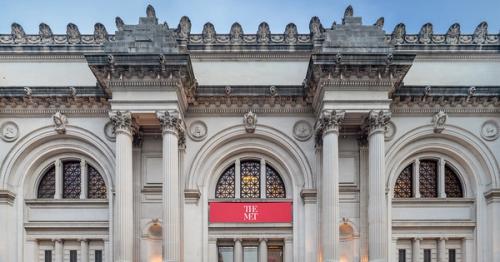It has been thirty-nine years since the last large exhibition of Carpeaux, the exceptionally gifted, deeply tormented sculptor who defined the heady atmosphere of the Second Empire in France. Yet, he retains a strong hold over the imagination, particularly in his native country, where he has held pride of place in the museum of his birthplace, Valenciennes, and in the galleries of the Musée d'Orsay ever since it opened in 1986. He has also been collected elsewhere, notably by the Ny Carlsberg Glyptotek in Copenhagen and The Metropolitan Museum of Art, which has made significant Carpeaux acquisitions in recent decades. But a major retrospective is long overdue so that a new generation can experience the artist in depth. Carpeaux was extraordinarily versatile and productive despite the terrifying maladies that plagued him throughout his all too brief life. He died at the age of forty-eight, having accomplished a vast body of work that inspired numerous books and countless articles. Recent exhibition catalogues have tended to focus on specific aspects, such as his veritable worship of Michelangelo or his flair for drawing scenes of everyday life. Our organizers, James David Draper, Henry R. Kravis Curator in the Department of European Sculpture and Decorative Arts at the Metropolitan, and Edouard Papet, chief curator of sculpture at the Musée d'Orsay, seek instead, rather daringly, to bring us the whole of Carpeaux. They and their colleagues rigorously assess the circumstances and documentation as well as the personal ambitions, visual sources, and technical processes behind such masterpieces as Ugolino and His Sons and The Dance, and they probe overlooked drawings to reveal not only the darkness and despair of the artist's troubled existence, but also the cruelty of his actions toward his wife. The generosity and veracity that he brought to his likenesses of glamorous contemporaries are offset by the brazen egocentricity of his self-portraits. And these are only a few of the revelations that await the reader and the visitor.



















